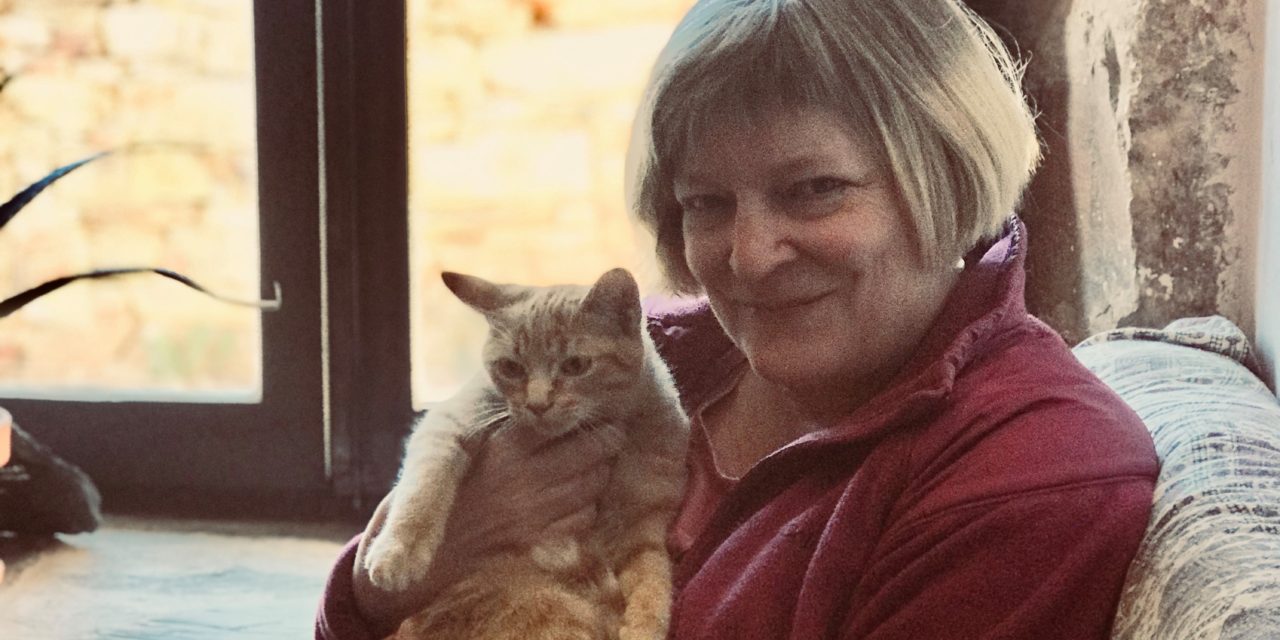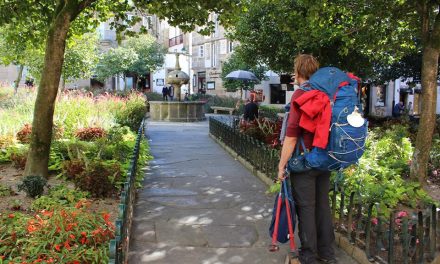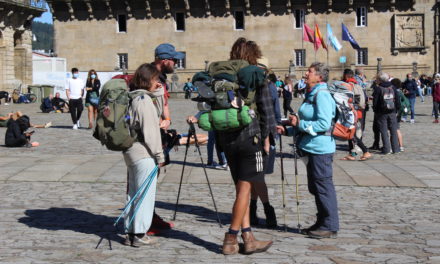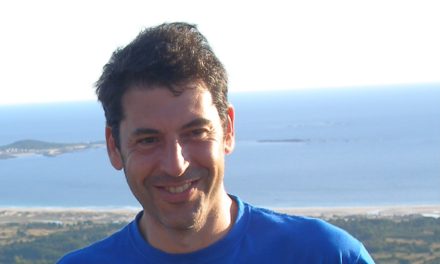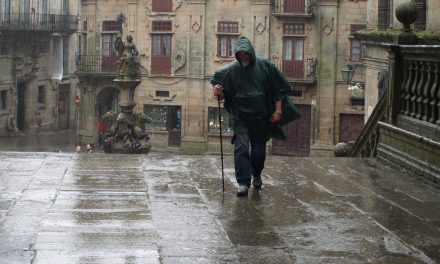While we wait and worry that worse things are on their way for the Camino de Santiago, the virus has handed some of us the kind of break we sometimes dream of: Sleeping late, cleaning out the cupboards, putting our neglected paperwork in order, un-clogging the drains, lowering the pressure in our over-scheduled, over-committed lives.
It’s knocked us off our rhythms. The scenery has not changed, but there’s something historic in the air just now. This is liminal space, a place where holy things happen. Thousands of people come each year to the Camino de Santiago, looking for liminal space. But this spring, the Camino is closed to them.
The Way is still here. It takes no notice of us and our concerns and revelations.
The pilgrim road in rural Palencia now only sees an occasional tractor. The tracks in the dirt are not made by bike tires and hiking boots. They are the Ys and Vs and Xs of bird feet, hooves of deer, boars, sheep; the pads and toes of foxes and weasels. The Camino, after 30 years of ever-increasing pilgrim traffic, has gone to sleep.
The people who live here are paying a terrible price. Pilgrim-based businesses are running short of cash. Mortgages loom, orders go unfilled, willing workers are sent home with nothing to live on while they wait. Many small businesses won’t survive.
But out along the sides of the path, wildflowers are opening. Carpets of tiny white daisies, purple blooms on purple stems, hyacinths, flowers whose names I do not know. They do this every year, they do not know if pilgrims pass or not. This year the flowers no longer struggle around discarded Coke cans and streamers of toilet paper as they reach for the sun.
Thousands of pilgrims’ plans are ruined. They are trapped at home, trying to teach their children’s lessons, trying new recipes, learning to play the ukulele. They are catching up on correspondence, starting their memoirs, re-booking their hikes for later in the year, or later in their lives.
In our villages the fuentes run clear and strong. The feed crops are well along now, the fields are wide swaths of different shades of green. We check the buds on the fruit trees. We watch the sky for rain.
Some of us are falling ill. Some of us are caring for ill people. Some of us are dying. The newspapers, the online news, the rumor mill say there are 36 cases in Mansilla today, there are 20 in Sahagun, a thousand more in Leon. We know some of the victims. We comb through our memories to see when we last met them, we wonder about Tuesday, when we thoughtlessly touched the shopping-cart handle with ungloved fingers…was Rocio there before me? Who will care for me when I go down?
We walk the dogs – ours and the neighbors’ — up the trails in the morning, wondering if it’s legal to walk so far. From atop the hill we can see all the way to Calzadilla de la Cueza to the east, to Calzadilla de los Hermanillos to the west. We can hear the freight trains from here, blowing through Sahagun. Nothing moves but a single truck on the autopista, a single avutarda in Eduardo’s field of soy. There are no neighbors, no tractors, no pilgrims.
The Camino is asleep. It’s seen this all before. It doesn’t know. It doesn’t mind.
Rebekah Scott
www.peaceableprojects.org
Moratinos Palencia España

